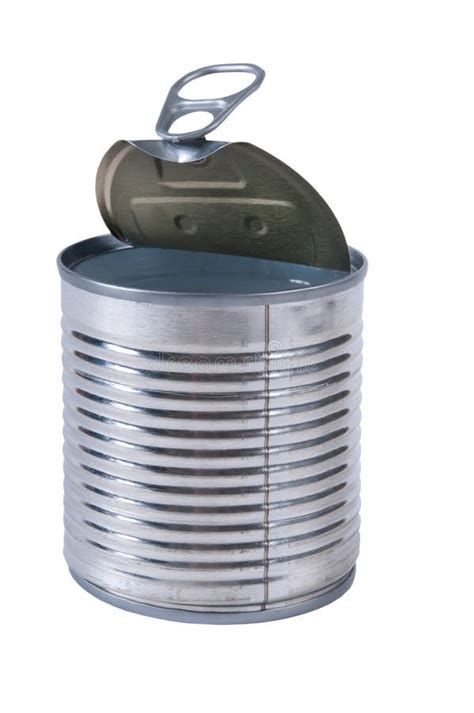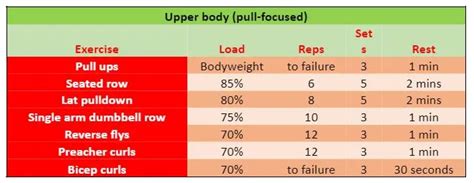How to break workout plateaus for peak strength & hypertrophy?

Hitting a wall in your fitness journey can be incredibly frustrating. You’ve been consistent, pushing hard, yet your lifts aren’t increasing, and your muscles seem stubbornly unwilling to grow further. This is a workout plateau – a common, yet surmountable, challenge for anyone pursuing peak strength and hypertrophy.
Understanding Why Plateaus Occur
Plateaus are a natural sign that your body has adapted to your current training stimulus. While initially, simply increasing weight or reps (progressive overload) is enough to drive progress, your body eventually becomes efficient at handling the stress. To continue progressing, you need to introduce new, varied, and more intense forms of stress to force further adaptation.

Mastering Progressive Overload Beyond the Basics
Progressive overload remains the cornerstone of breaking plateaus, but it’s not just about adding more weight. You need to explore its multifaceted dimensions:
- Increase Volume: More sets or reps per exercise.
- Increase Intensity: Heavier weights for fewer reps, or using advanced techniques.
- Increase Frequency: Training a muscle group more often.
- Decrease Rest Times: Making sets more metabolically demanding.
- Improve Exercise Form: Better mind-muscle connection and efficiency, allowing more weight or reps.
- Increase Time Under Tension (TUT): Slower eccentrics or paused reps.
- Change Exercise Variation: Switching from barbell back squats to front squats or leg presses can stimulate new muscle fibers.
When linear progression (simply adding weight) stalls, it’s time to get creative with these variables.
Advanced Training Techniques to Reignite Growth
To truly shock your system and break through stubborn plateaus, incorporating advanced training methodologies can be highly effective.
Periodization and Deloads
Implementing periodization involves systematically varying your training program over time. This could mean alternating between strength phases (lower reps, higher weight) and hypertrophy phases (moderate reps, moderate weight) or undulating weekly volume and intensity. Crucially, deload weeks – periods of reduced volume and intensity – are vital for recovery, supercompensation, and preventing overtraining. They allow your body to fully recover, repair, and come back stronger.

Training to Failure and Beyond
Occasionally pushing sets to muscle failure, or even beyond, can be a powerful stimulus. Techniques include:
- Drop Sets: Performing an exercise until failure, then immediately dropping the weight and continuing for more reps.
- Supersets/Giant Sets: Performing two or more exercises back-to-back with minimal rest, hitting the same or opposing muscle groups.
- Rest-Pause Training: Performing a set to failure, resting briefly (10-20 seconds), then doing a few more reps with the same weight.
- Forced Reps: Having a spotter assist you in completing 1-2 additional reps after you’ve reached muscular failure.
Use these judiciously, as they are highly demanding and require adequate recovery.
Varying Rep Ranges and Exercise Selection
Don’t get stuck in a single rep range. Integrate periods of low reps (1-5) for absolute strength, moderate reps (6-12) for hypertrophy, and even higher reps (15+) for metabolic stress and endurance. Similarly, regularly rotate your accessory exercises and occasionally swap out main compound lifts for variations (e.g., conventional deadlifts to sumo deadlifts, or incline press to flat press) to hit muscles from different angles and challenge stabilizing muscles.

The Crucial Role of Recovery and Lifestyle
No amount of training will break a plateau if your recovery is lacking. Your body builds strength and muscle outside the gym.
- Optimized Nutrition: Ensure adequate calorie intake for growth (a slight surplus for hypertrophy, maintenance for strength with high protein). Prioritize protein (1.6-2.2g per kg body weight) and consume sufficient healthy fats and complex carbohydrates.
- Quality Sleep: Aim for 7-9 hours of quality sleep per night. This is when most muscle repair and hormone regulation (like growth hormone and testosterone) occurs.
- Stress Management: Chronic stress elevates cortisol, which can hinder recovery and muscle growth. Incorporate stress-reducing activities like meditation, yoga, or spending time in nature.
- Hydration: Proper hydration is essential for all bodily functions, including nutrient transport and muscle performance.

Patience, Consistency, and Listening to Your Body
Breaking a plateau isn’t an overnight fix; it requires patience and consistent application of new strategies. Monitor your progress, log your workouts, and pay close attention to how your body responds to changes. Sometimes, less is more, and a strategic step back (like a longer deload) can lead to significant leaps forward. The key is to continuously challenge your body in new ways while providing it with the resources it needs to adapt and grow.

Conclusion
Workout plateaus are an inevitable part of any long-term fitness journey, but they are far from insurmountable. By intelligently manipulating progressive overload, implementing advanced training techniques, strategically deloading, and prioritizing recovery, you can effectively shatter these barriers. Embrace the challenge, stay consistent, and unlock new levels of strength and hypertrophy that you once thought impossible.






